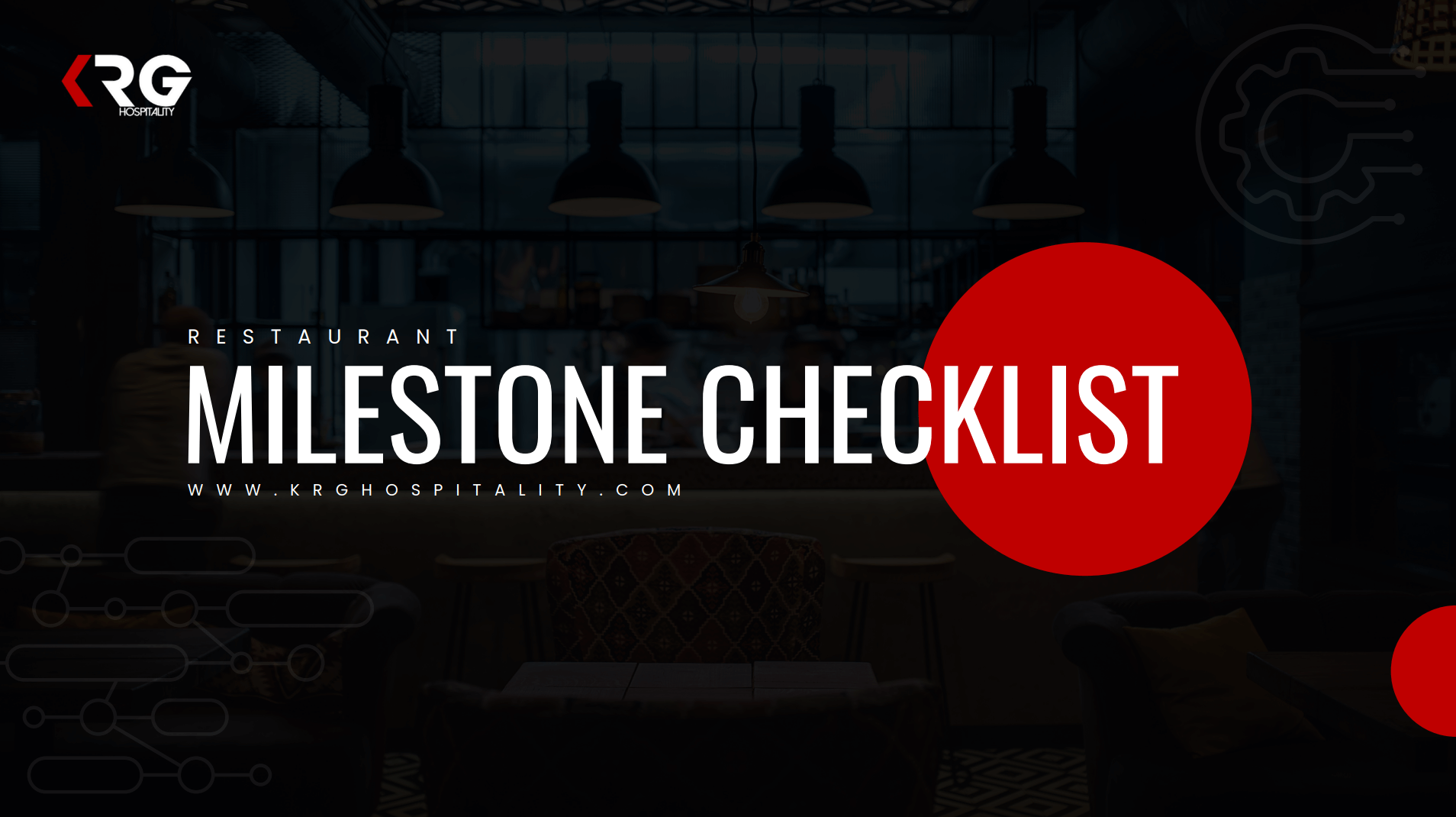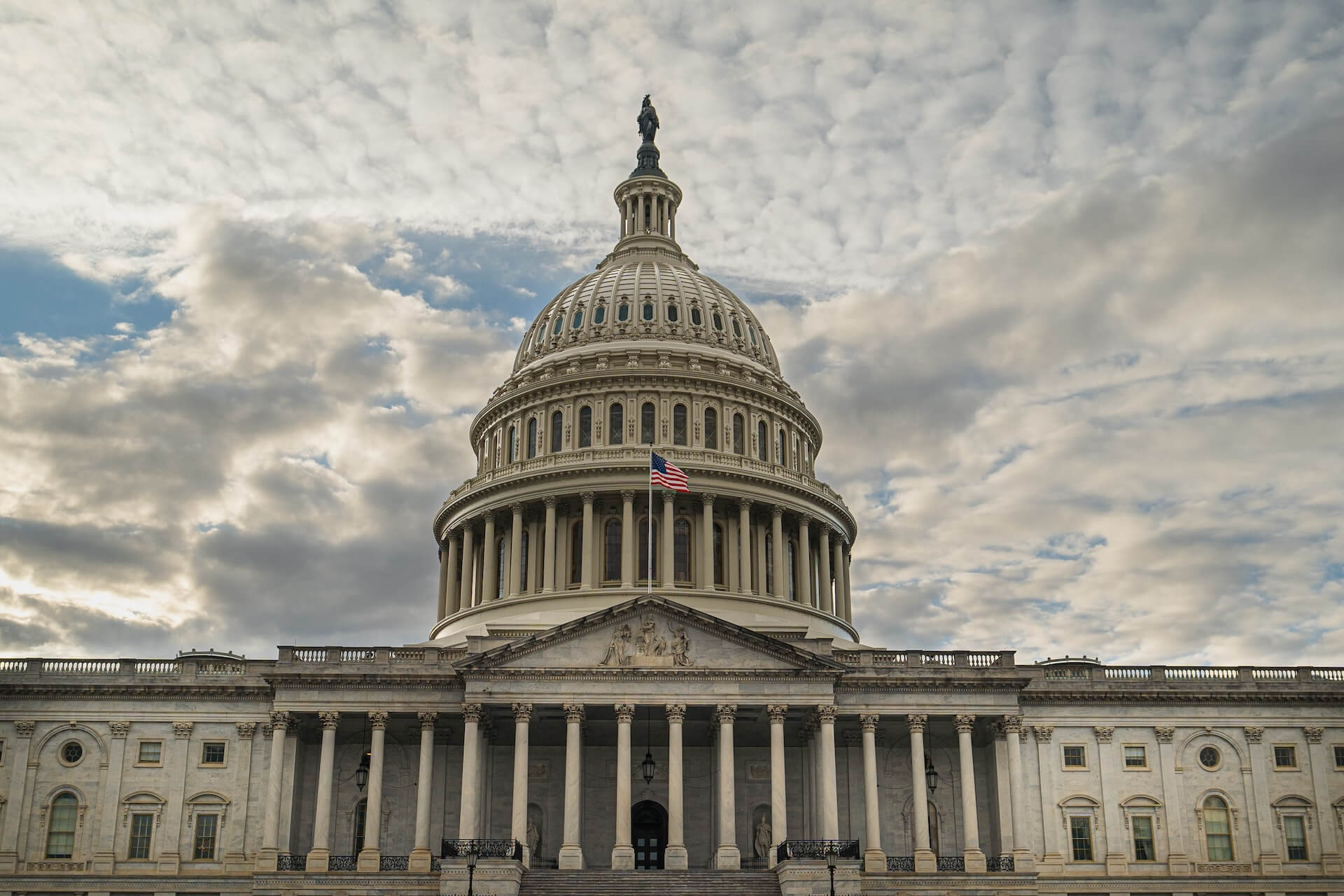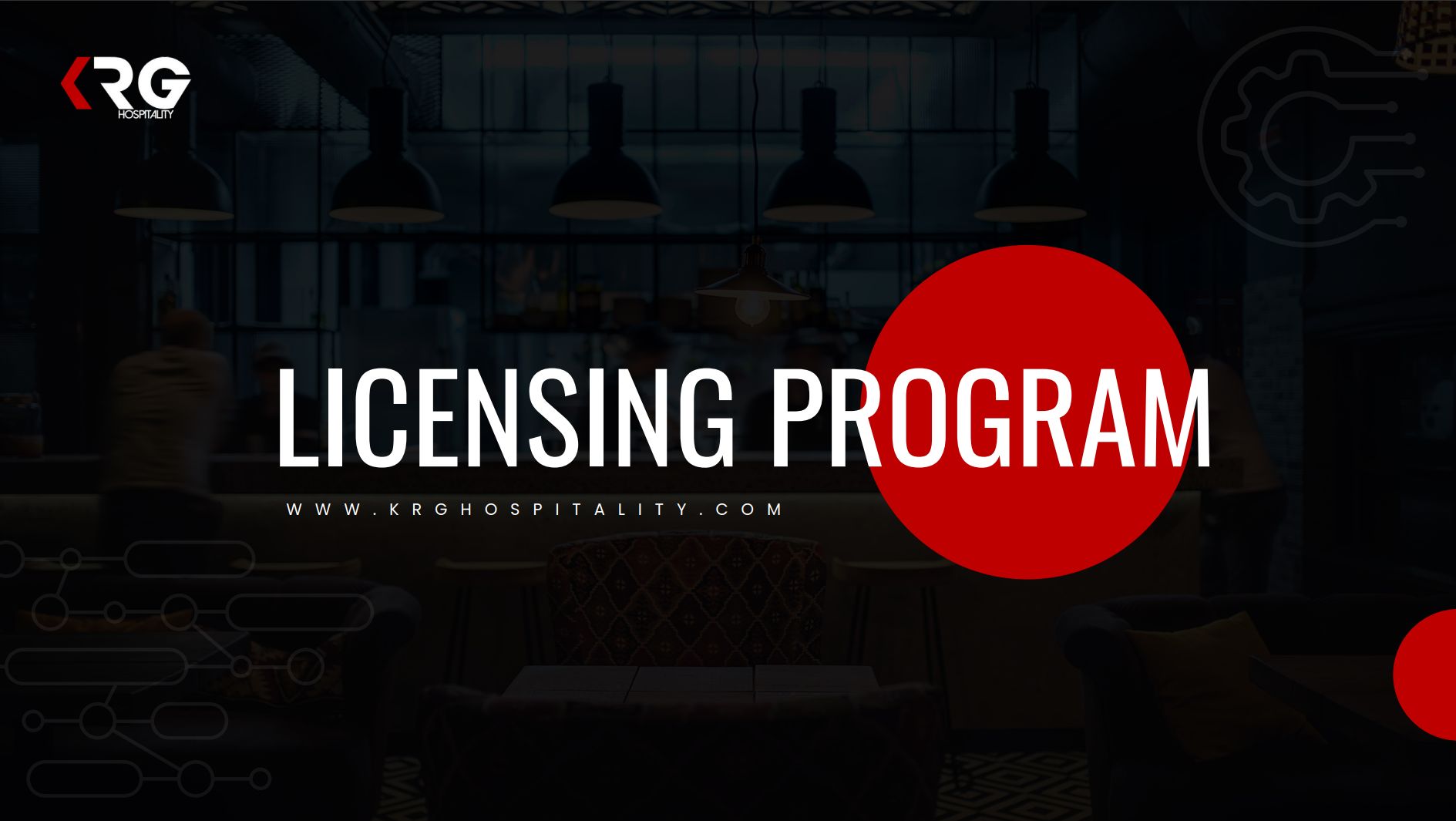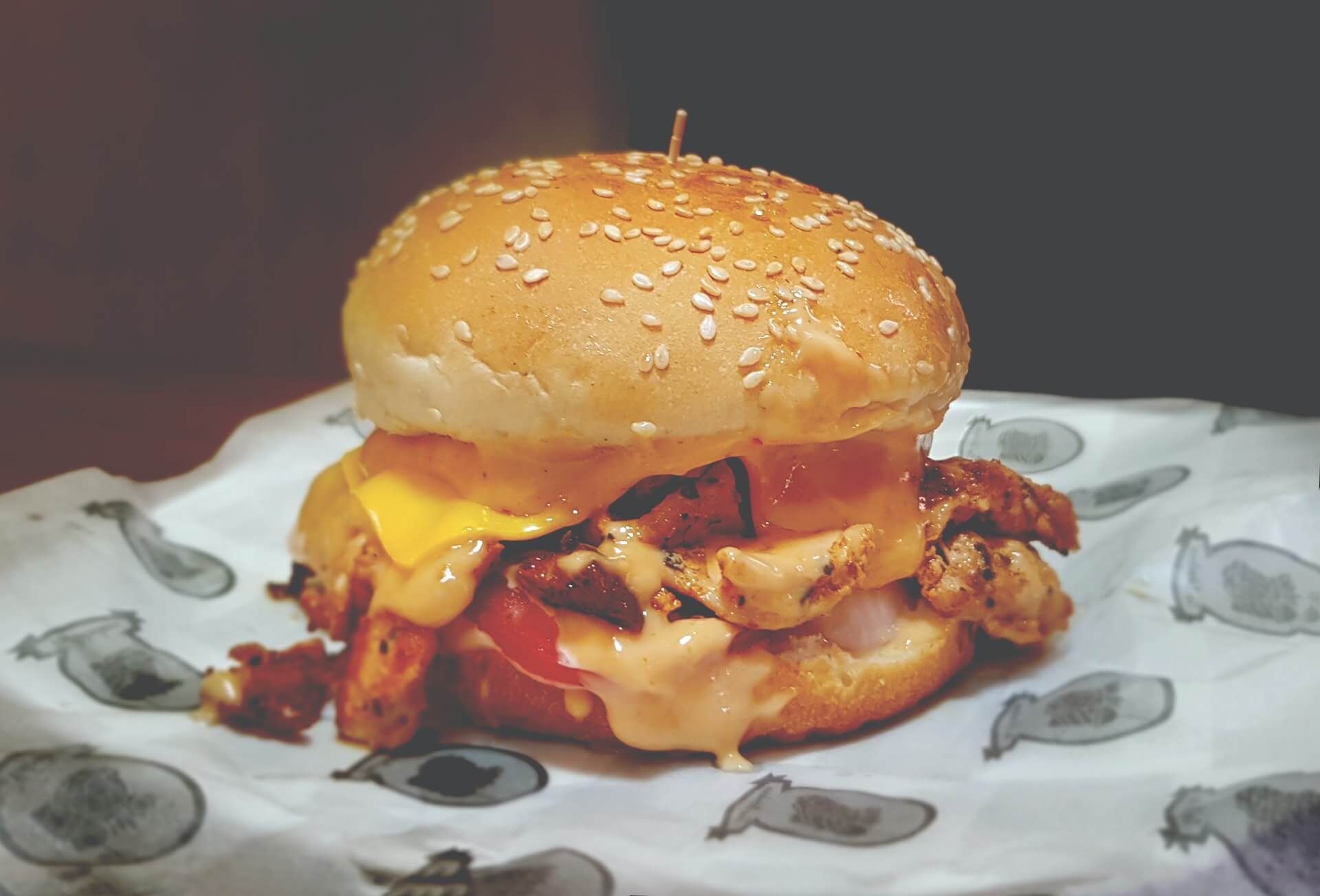The Major Milestones You Must Reach to Open a Restaurant
by David Klemt

Opening a restaurant is no small task, with projects requiring the completion of 500 unique tasks before welcoming guests.
KRG Hospitality president Doug Radkey identified these tasks several years ago. The commitment to systematically accomplish these tasks is a cornerstone of our approach to all projects.
Our feasibility studies, branding, concept and brand development, and programming are unique and customized to every client. However, the journey from idea to grand opening is a path dotted by hundreds of waypoints.
There’s a reason we call our project plans Roadmaps to Success: we’re here to help guide our clients to and through each waypoint on the map.
Below you’ll find just 50—just a tenth—of the unique tasks we at KRG believe you must complete before your grand opening. You’ll find more than 80 tasks in the brand-new 2023 KRG Hospitality Restaurant Start-up Cost Report + Checklist.
Both the list below and the checklist included in our free Restaurant Start-up Cost Report download will give you an idea of what we work on with each of our clients. These tasks should also highlight the enormity that is taking your concept from idea to brick and mortar.
To download your free copy of our 2023 Restaurant Start-up Cost Report + Checklist, click here.
Planning & Admin Tasks
- Complete your project feasibility study.
- Develop your concept and brand plan.
- Develop and test a layout/drawing.
- Complete a strategic business plan.
- Complete a marketing and tech stack plan.
- Finalize your start-up budget.
- Analyze and secure necessary funding.
The Support Team Tasks
You’ll need to secure:
- Business insurance broker
- Business and liquor license attorney
- Restaurant and bar consultant
- Project manager
- General contractor and trades
- Mentor or coach
Site Development Tasks
When it comes to these tasks, you may have an idea of roughly what to expect.
For example, one necessary task is…securing your property of choice. Another task to cross off or set a check next to? Signing the lease.
But there are other tasks you may not anticipate or think of when planning to open a restaurant:
- Submit drawings to municipality.
- Start and manage project renovations.
- Set a SMART opening date proposal.
- Set up and submit deposits for utilities.
- Develop your service sequence (flow).
You’ll also need to source the following:
- Exhaust hood supplier
- Millworker and specialty supplier
- Interior and exterior signage company
- Grease trap cleaning
- Used oil pickup/recycling
- Exhaust hood cleaning
Operations Development Tasks
- Complete a kitchen workflow plan.
- Complete service sequence analysis.
- Source take-out container suppliers.
- Secure security, sound, and video, plus applicable licenses.
- Secure point-of-sale and tech Systems.
- Develop recipe books for kitchen and bar.
- Develop package of standard operating procedures.
Brand Development Tasks
Developing your brand involves much more than choosing a logo and colors.
Consider every design and service element a branding opportunity. Your brand development tasks will include developing:
- your core statements;
- graphic design/branding kit;
- website and social media accounts;
- a promo video strategy;
- a “coming/opening soon” plan; and
- your media strategy for the launch.
You’ll also need to:
- complete the F&B concept stage;
- complete the F&B testing stage;
- source menu cover supplier (for dine-in version)
- complete a photo shoot; and
- plan for and execute a soft opening.
Team Development Tasks
- Develop your staff hiring strategy.
- Plan for and complete HR and compliance forms.
- Develop onboarding manuals.
- Source staff uniform suppliers.
- Promote job fair or interview dates.
- Hold a staff orientation night.
- Execute a staff-building exercise shift.
- Create a brand ambassador program.
Image: KRG Hospitality









